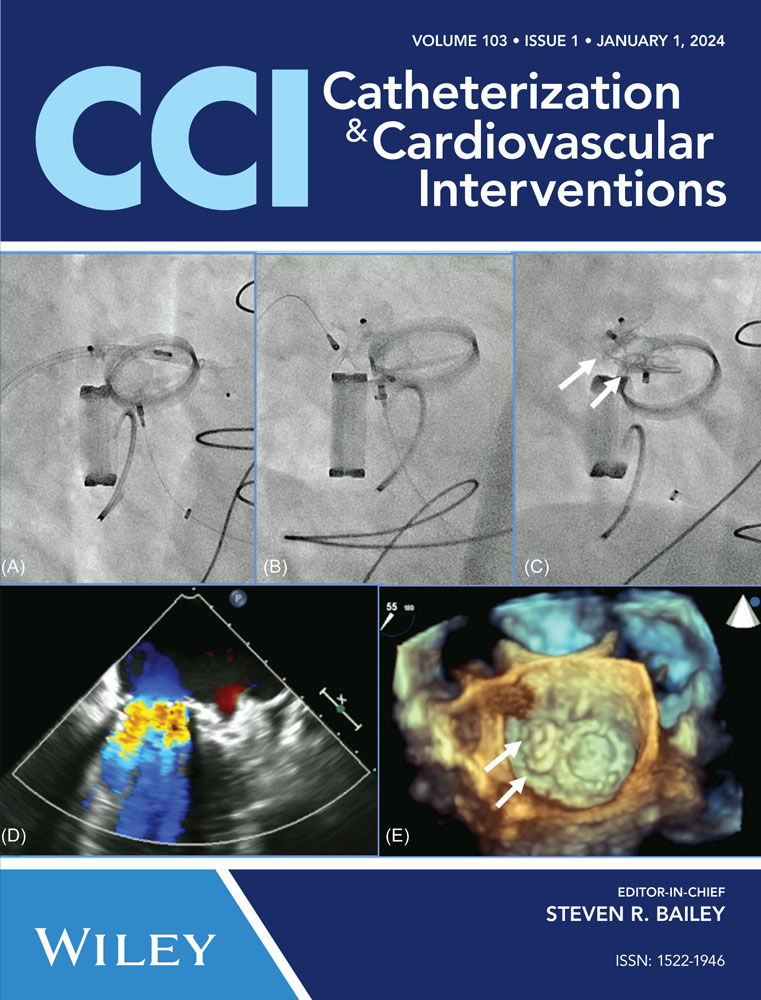Successful treatment by recross IVUS-guided reentry in coronary total occlusion: STRIVE-CTO
Abstract
Complex coronary total occlusion (CTO) lesions percutaneous treatment, especially in contexts where traditional antegrade strategies have failed and retrograde approaches are unsuitable, due to lack of interventional collaterals or high risk of complications, presents a considerable challenge for interventional cardiologists. Antegrade dissection reentry has historically offered a bailout strategy in cases with unsuccessful antegrade wire escalation. Nevertheless, the technique—whether employing dual-lumen microcatheters or dedicated reentry devices, such as Stingray—encounters several limitations, particularly when the delivery of the system is not possible, or extraplaque large hematomas, which complicates reentry. This paper introduces an innovative technique combining the use of the Recross MC Dual Microcatheter with real-time intravascular ultrasound guidance for refined re-wiring in CTO interventions. This approach facilitates accurate reentry zone selection and ensures precise, controlled puncturing into the true lumen, thereby enabling safe and predictable CTO recanalization.
CONFLICT OF INTEREST STATEMENT
The authors declare no conflict of interest.
Open Research
DATA AVAILABILITY STATEMENT
The data that support the findings of this study are available from the corresponding author upon reasonable request.




